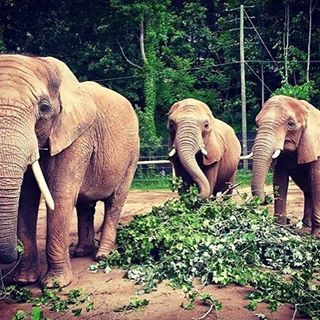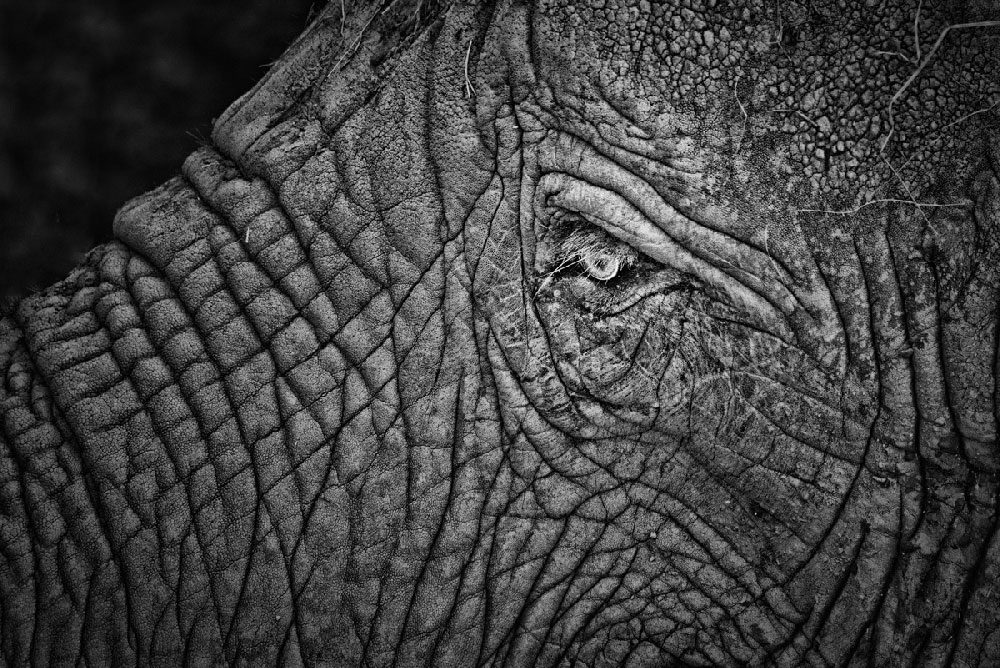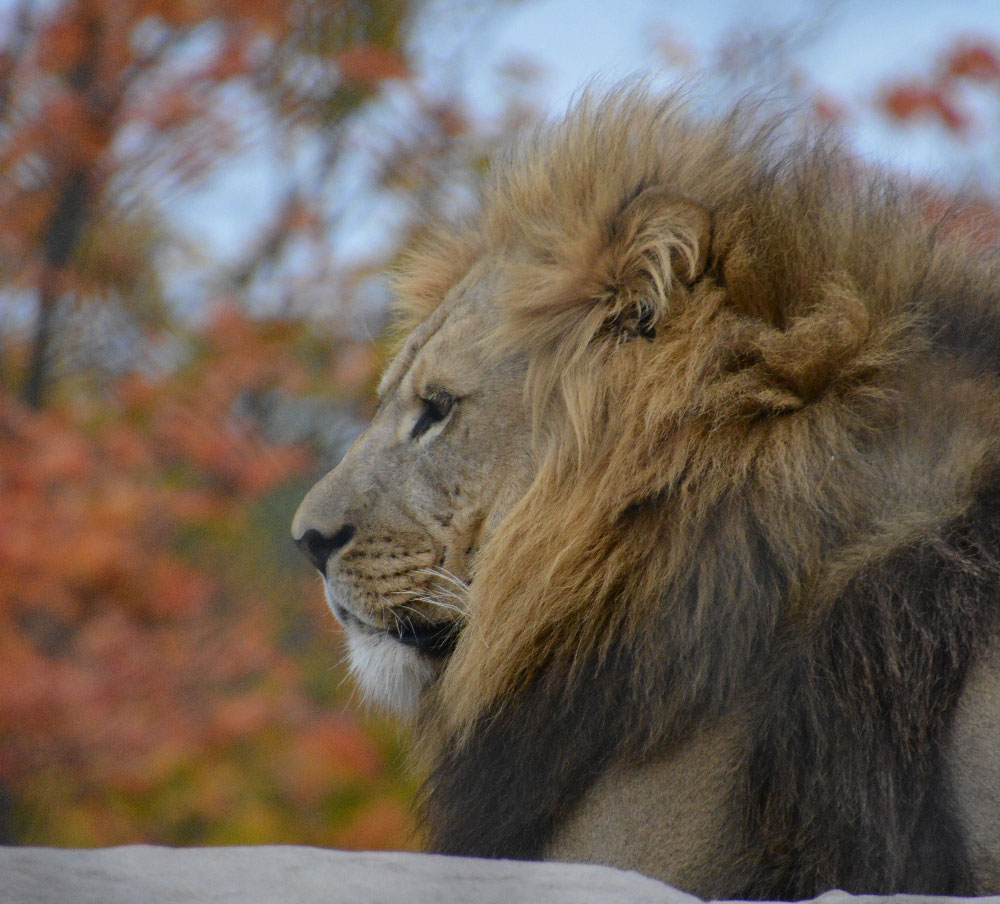The leaves are changing, the days are getting shorter, and the Zoo’s African animals are thriving!


It is well known that the African continent is capable of reaching extremely high temperatures, and its inhabitants are well adapted to the heat. However, the temperature can significantly drop during the night hours and winter months. For this reason, our animals are well equipped for the fall season here in Rochester.
Our resident elephants Moki, Chana, Genny C, and Lilac appreciate the changing leaves in a different way than most guests—they eat them. The elephants are provided with browse several times a week in order to promote natural feeding behaviors such as using their toenails, trunks, and tusks to snap small sticks and peel the bark off larger ones.


Ever wonder why an elephant’s skin is covered in wrinkles? The wrinkles increase the surface area on their body making it easier to soak up the sun and stay warm on cooler days.


The Zoo’s pride of lions is also taking advantage of the cooler climate by becoming more active. By nature, these large predators are most active at dawn and dusk, usually retiring to relax and nap in the shade during the heat of the summer.
Come fall, guests may notice an increase in their activity level throughout brisk days, making their interaction with keepers and enrichment items, such as pumpkins, even more enjoyable to watch.
The keepers at Seneca Park Zoo work hard to ensure that our animals’ lives are stimulating, and like the seasons, always changing, no matter what time of year it is.— James Weinpress, Zoo Keeper








